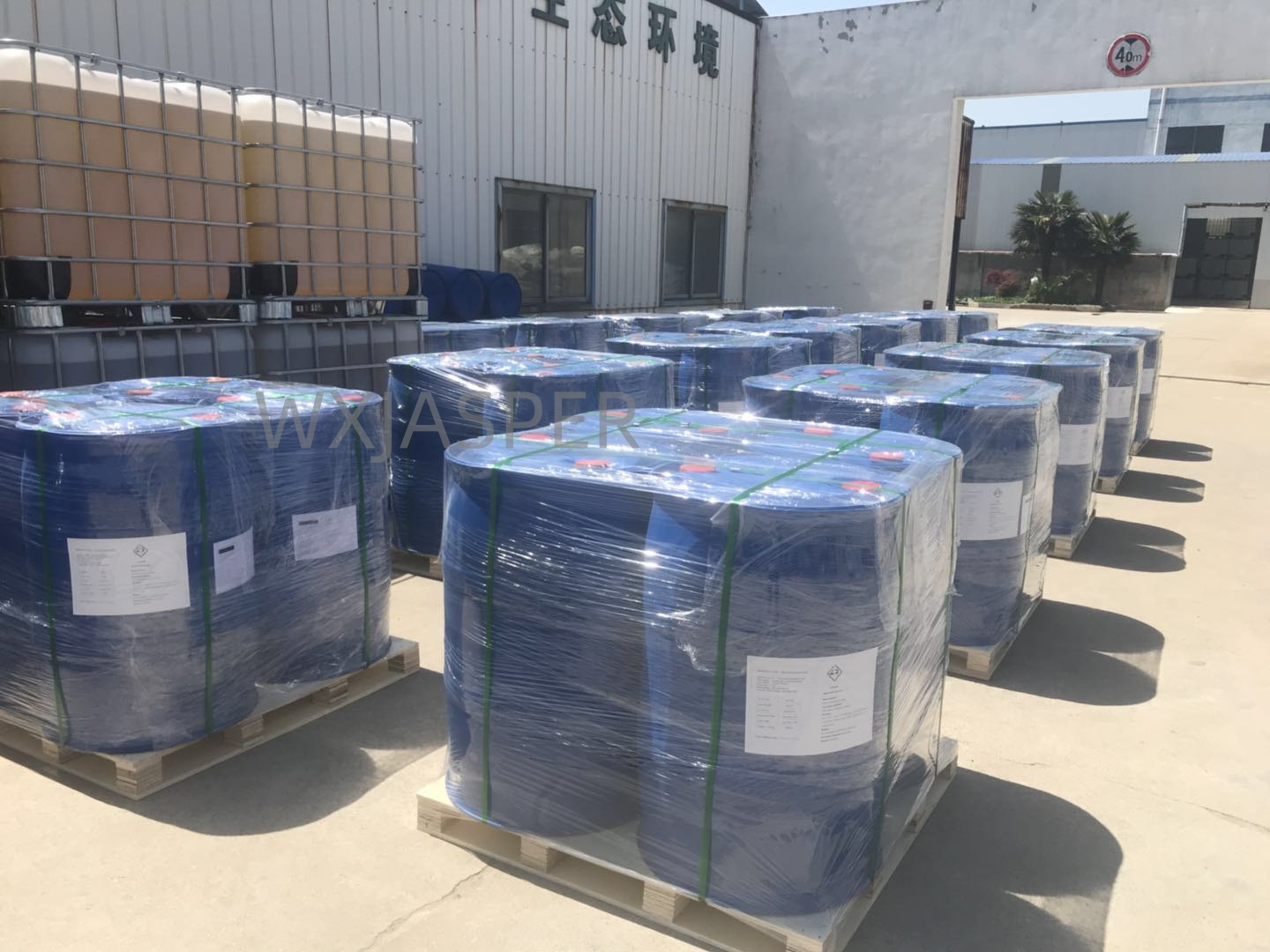Your Location:Home > Products > Solvents > TERSPERSE 2210



CasNo: 36290-04-7
MF: (C10H8O3S)n.(CH2O)n.xNa
Appearance: liquid
Delivery Time: 15 days
Packing: 200kg/drum
Purity: 99%
1. Basic Attributes
2. Core Physicochemical Properties
| Index Item | Presumed Standard Range | Description |
|---|---|---|
| Appearance (Room Temperature) | Brown to dark brown transparent liquid | No stratification or sedimentation; slight turbidity may occur at low temperatures (<0℃), and transparency is restored when heated above 10℃ |
| Active Matter Content | 40%-45% | Represents the proportion of effective dispersing components; higher content indicates stronger dispersion efficiency, with inorganic salt impurities ≤3% |
| Density (25℃) | 1.10-1.15 g/cm³ | Stable density for precise metering in formulations |
| Viscosity (25℃, 20rpm) | 300-800 mPa·s | Moderate viscosity balances fluidity and dispersion stability, facilitating stirring and transportation during production |
| Surface Tension (0.1% aqueous solution) | 32-38 mN/m | Rapidly reduces particle-water interfacial tension, enhancing wetting and dispersion efficiency |
| Solubility | Soluble in water, ethylene glycol, propylene glycol | Excellent compatibility with nonionic surfactants (e.g., polyoxyethylene ether); insoluble in nonpolar solvents such as xylene and mineral oil |
3. Functions and Typical Application Scenarios
Core Functions:
Typical Application Fields:
4. Usage Specifications and Precautions